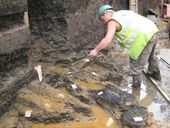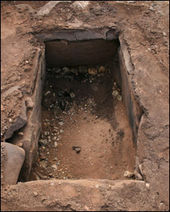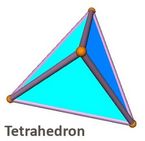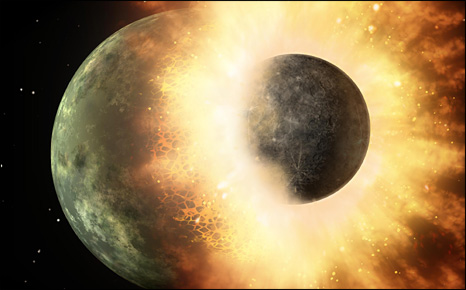
© Unknown
NASA is charged with seeking out nearly all the asteroids that threaten Earth but doesn't have the money to do the job, a federal report says.
That's because even though Congress assigned the space agency this mission four years ago, it never gave NASA money to build the necessary telescopes, the new
National Academy of Sciences report says. Specifically, NASA has been ordered to spot 90 percent of the potentially deadly rocks hurtling through space by 2020.
Even so, NASA says it's completed about one-third of its assignment with its current telescope system.
NASA estimates that there are about 20,000 asteroids and comets in our solar system that are potential threats to Earth. They are larger than 460 feet in diameter - slightly smaller than the Superdome in New Orleans. So far, scientists know where about 6,000 of these objects are.
Rocks between 460 feet and 3,280 feet in diameter can devastate an entire region but not the entire globe, said Lindley Johnson, NASA's manager of the near-Earth objects program. Objects bigger than that are even more threatening, of course.
Just last month astronomers were surprised when an object of unknown size and origin bashed into Jupiter and created an Earth-sized bruise that is still spreading. Jupiter does get slammed more often than Earth because of its immense gravity, enormous size and location.












Comment: Maybe NASA isn't keeping track of them, but someone is and they're not gonna tell us when something is about to hit.